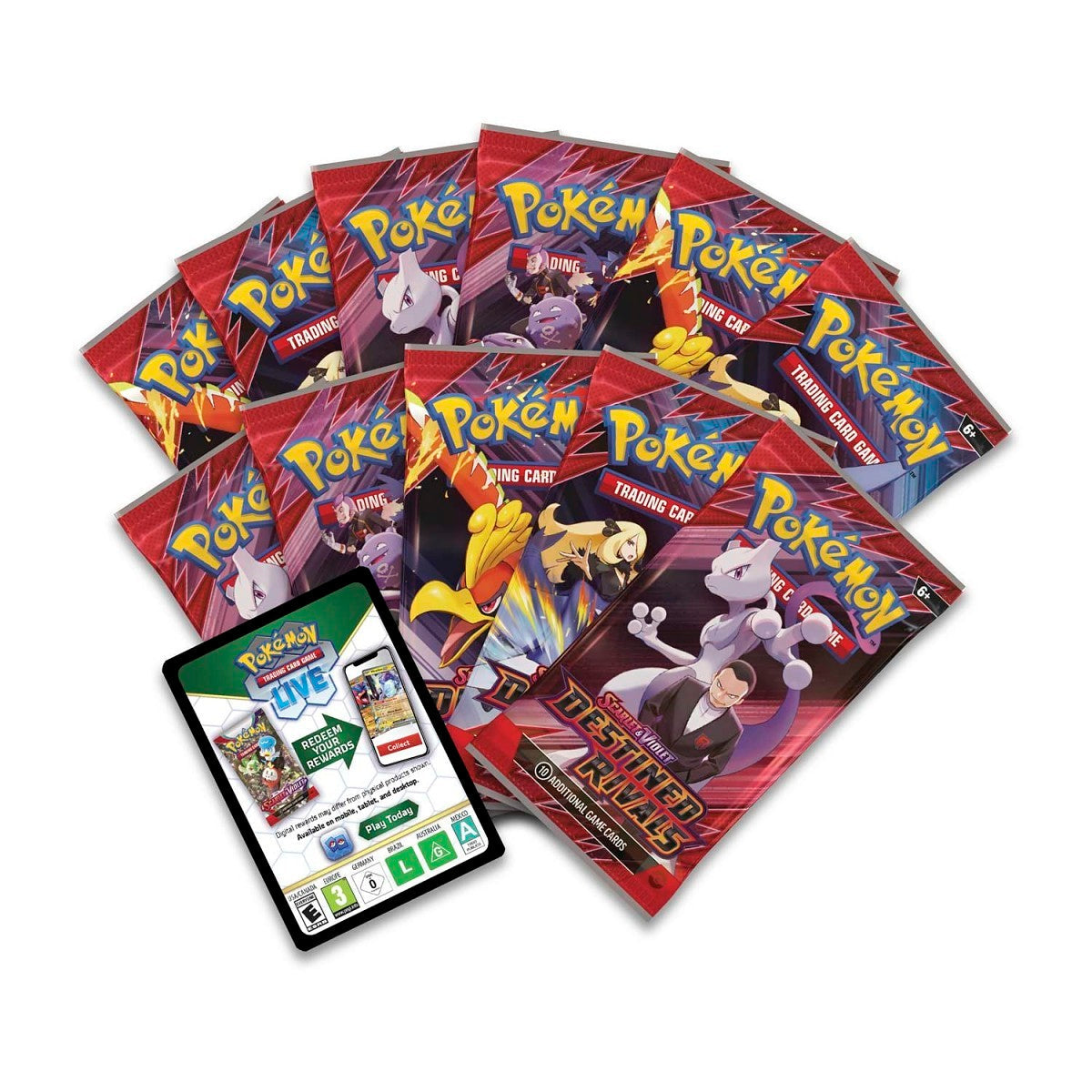How to Spot Fake or Resealed Pokémon Products Before You Buy
As sealed Pokémon TCG products grow in popularity, counterfeits and resealed boxes have quietly entered the market. Knowing how to identify authentic packaging can protect both your wallet and your collection’s integrity.

1. Check the Shrink-Wrap and Logos
Authentic Pokémon boxes are sealed with clear shrink-wrap featuring a faint repeating Pokémon logo pattern. If the plastic looks uneven, cloudy, or lacks logos entirely, it may have been resealed. Always inspect for consistent tension around edges — wrinkles or melted corners are red flags.
2. Verify Pokémon Center and Set Labels
Official products include a Pokémon Company International label and often a set name (for example, “Scarlet & Violet — Temporal Forces”). If labels are missing, spelled incorrectly, or placed crookedly, that’s a sign of repackaging.
3. Inspect Booster Pack Edges
For loose packs, the crimp edges should be evenly sealed with clean serrations. Fake or resealed packs often have reseal marks, uneven glue lines, or a different foil texture. Genuine packs also have consistent weight and a professional feel — if it seems off, trust your instincts.
4. Compare with Official Retail Photos
Use images directly from the Pokémon Center or trusted retailers like Nomari to compare color tone and box layout. Counterfeits often use darker or oversaturated colors and misplaced logos. When in doubt, cross-check the UPC code on the back of the box with official listings.

5. Buy From Trusted Retailers Only
Whether you collect for nostalgia or investment, purchasing from verified sources is the simplest way to avoid trouble. Avoid “too good to be true” deals on auction sites — especially for older sets like Hidden Fates or Evolving Skies. Reputable stores keep their products in controlled conditions and guarantee factory sealing.







